
by Gustav Adolf Hippius
Otto Friedrich Ignatius (28 July 1794, Hageri - 7 September 1824, Saint Petersburg) was a Baltic-German painter, writer, and composer.

Otto Friedrich Ignatius (28 July 1794, Hageri - 7 September 1824, Saint Petersburg) was a Baltic-German painter, writer, and composer.
His father, David Friedrich Ignatius , was a parish priest and theologian, who founded a school where he received his first drawing lessons. His teacher was Carl Sigismund Walther ; a famous painter from Dresden. One of his fellow students, Gustav Adolf Hippius, also became a prominent painter, and a lifelong friend. He married Ignatius' sister, Friederike (1798–1886), in 1820.
From 1812 to 1813, he studied at the Imperial Academy of Fine Arts in St. Petersburg. This was followed by studies at the Academy of Arts, Berlin, with Friedrich Georg Weitsch. In 1815, together with Hippius and August Georg Wilhelm Pezold, he went to Dresden, then Prague and Vienna. At the Academy of Fine Arts in Vienna, he was a student of Heinrich Friedrich Füger.
His travels then took him to Italy, in 1817, where he lived and worked in Rome for two years. He also became associated with the Nazarene movement. He returned to Hageri in 1819, but was there only briefly before moving to Reval (Tallinn). [1]

The following year, he became a painter for the court of Tsar Alexander I, at the Hermitage. He held that position until 1824, when he died of tuberculosis, shortly after the death of his wife, Adelheid, to whom he had been married for only a little more than a year.
His best known works are portraits, although he also created numerous works on religious themes. What would have been his greatest work, a wall painting in the church at Tsarskoye Selo, was left unfinished when he died. It was later completed by his friend, Hippius, but was ultimately destroyed during World War II.
He was also an amateur writer, producing poems and dramas; including a tragedy on the life of Marino Faliero (1824). [2] He wrote songs as well. His Italian diary was published posthumously, in 1830.
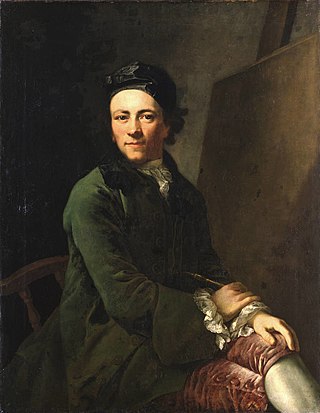
Anton Graff was an eminent Swiss portrait artist. Among his famous subjects were Friedrich Schiller, Christoph Willibald Gluck, Heinrich von Kleist, Frederick the Great, Friederike Sophie Seyler, Johann Gottfried Herder, Gotthold Ephraim Lessing, Moses Mendelssohn and Christian Felix Weiße. His pupils included Emma Körner, Philipp Otto Runge and Karl Ludwig Kaaz.

Franz Karl Eduard von Gebhardt was a Baltic German painter of portraits and historical scenes, and a professor at the Kunstakademie Düsseldorf.

Otto Pius Hippius was a Baltic German architect, particularly noted for several buildings in present-day Estonia.

Eugen Gustav Dücker was a Baltic German painter, in the Romantic style, associated with the Düsseldorfer Malerschule.

Max Feldbauer (1869–1948) was a German painter, associated with the Munich Secession. He is primarily known for rural, Bavarian scenes.
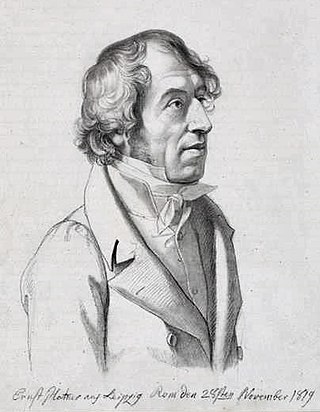
Ernst Zacharias Platner was a German painter, writer, and diplomat.

Leopold Kupelwieser was an Austrian painter, often associated with the Nazarene movement.

Agnes Fredrika Börjesson, sometimes called Agneta, was a Swedish painter who specialized in genre and historical scenes.

Eduard Hau was a Baltic German painter and graphic artist who lived and worked in the Russian Empire.
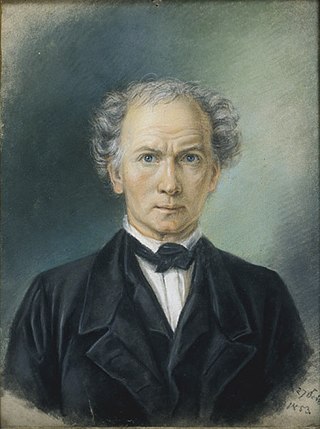
August Georg Wilhelm Pezold was a Baltic-German painter and lithographer.
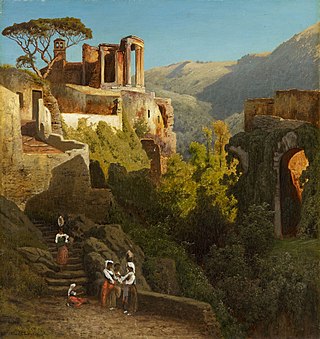
Carl Jungheim was a German landscape painter, associated with the Düsseldorfer Malerschule.

Friedrich Horschelt was a German portrait painter.

Rudolf Swoboda was an landscape and animal painter from the Austrian Empire. He is generally referred to as The Elder to distinguish him from his nephew, Rudolf, who was also an artist.
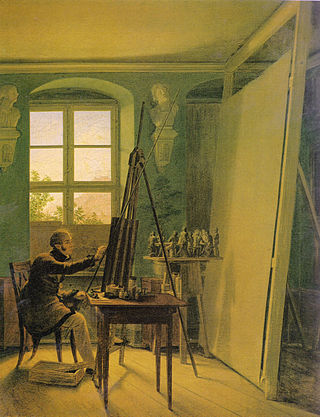
Johann Friedrich Matthäi was a German portrait and history painter.
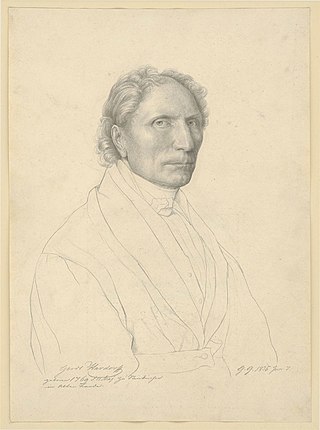
Gerdt Hardorff was a German painter, art collector and drawing teacher. He is sometimes referred to as The Elder to distinguish him from his son, Gerdt, who also became a painter.
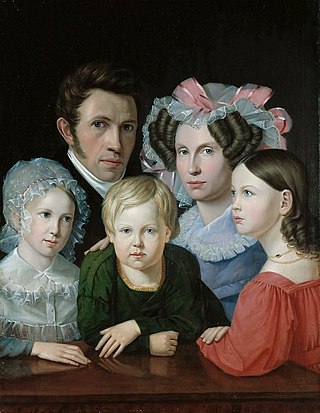
Gustav Adolf Hippius was a Baltic-German portrait painter and lithographer.
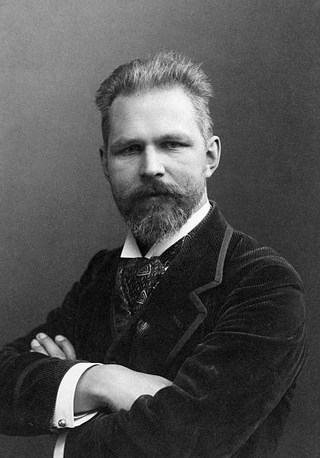
August Ludwig Georg Meyn was a German portrait and genre painter.
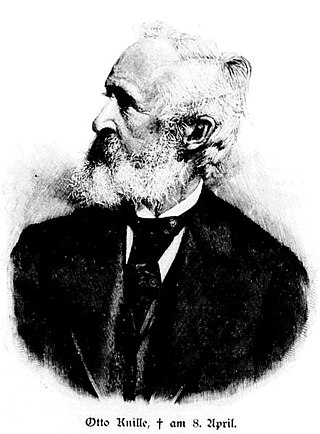
Otto Knille was a German history painter; associated with the Düsseldorfer Malerschule.

Ferdinand Franz Engelbert Dorsch was a German painter, graphic artist, and art Professor.
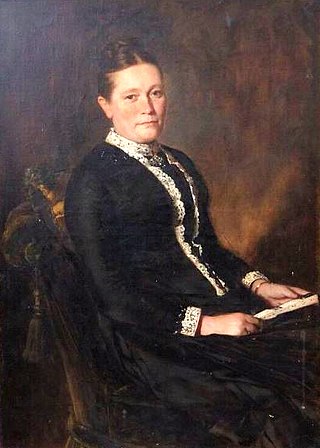
Hugo Crola was a German portrait, landscape and genre painter, associated with the Düsseldorfer Malerschule.